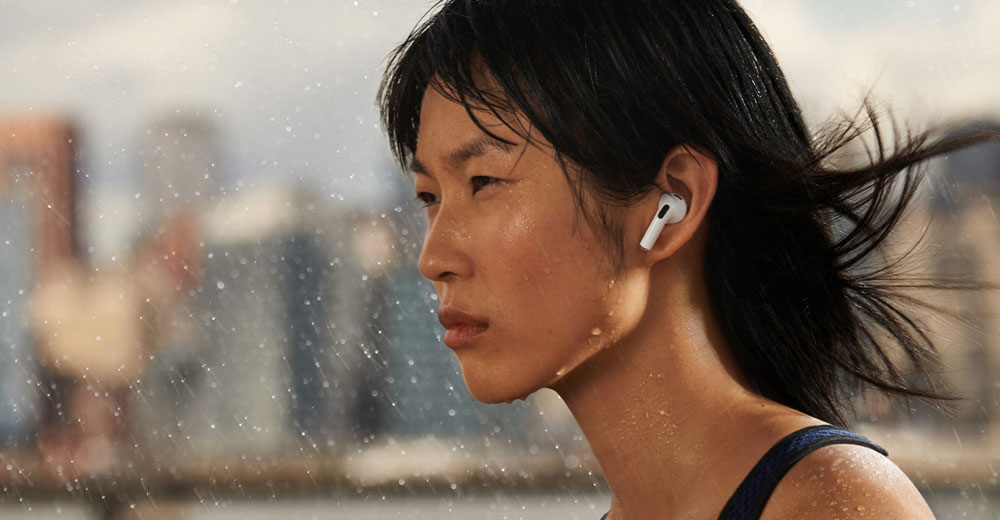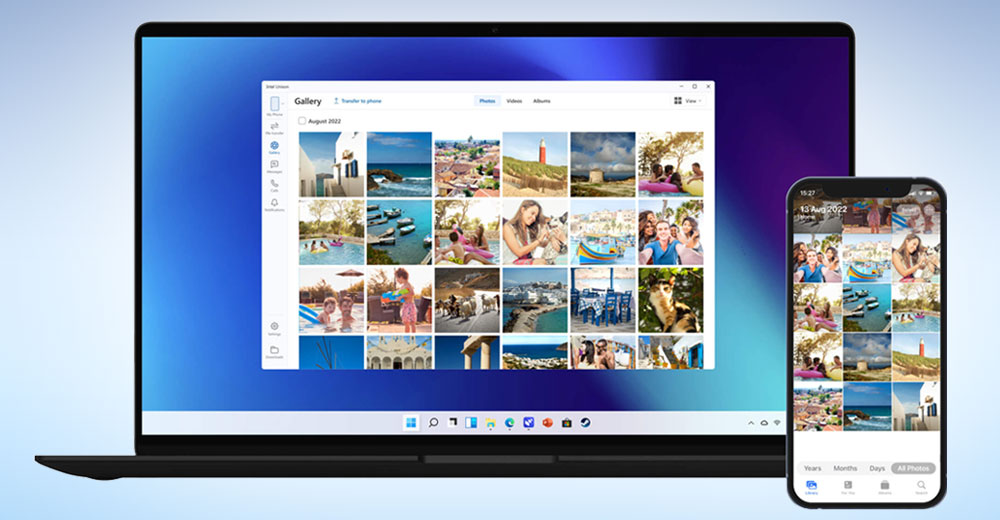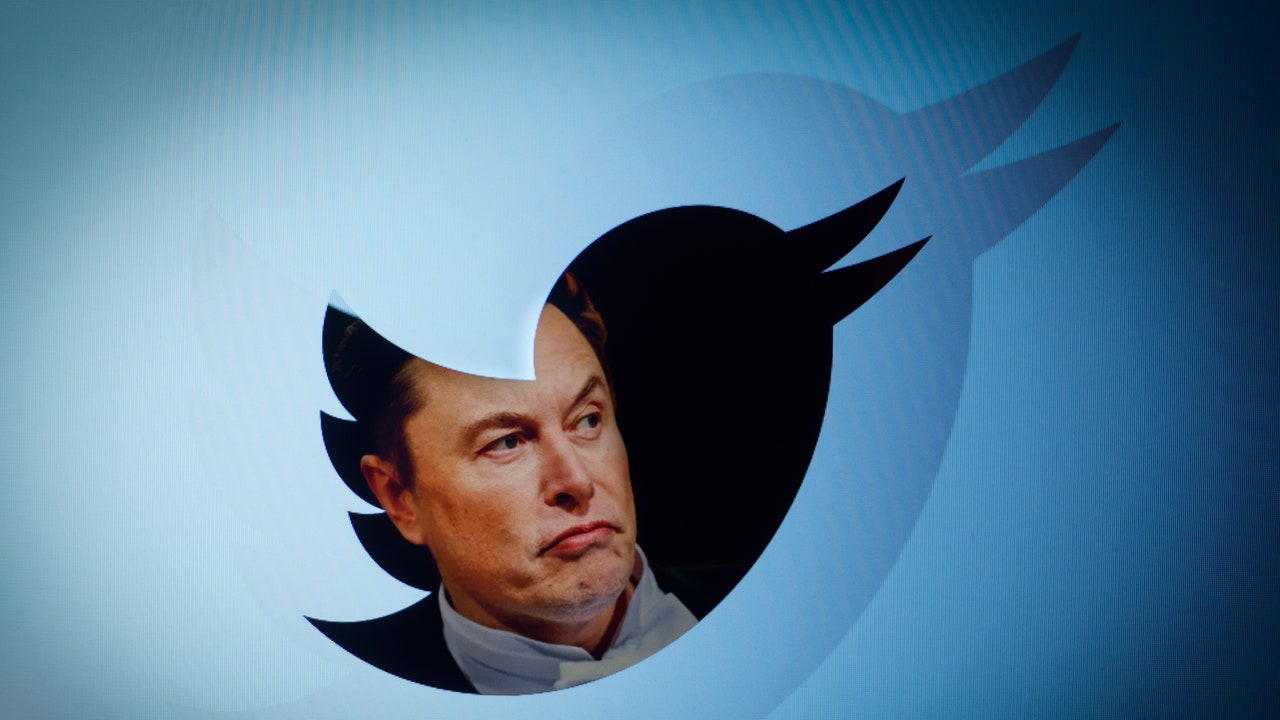Apple may be considering expanding the repertoire of its popular AirPods line beyond entertainment and into the realm of health.
Speculation about giving AirPods health chops was fueled over the weekend by Mark Gurman, who predicted in his Power On newsletter for Bloomberg that Apple would be upgrading the product in the next year or two to make it a health tool.
“It’s a natural step for Apple. Health has been a primary focus for their wearables,” observed Mark N. Vena, president and principal analyst at SmartTech Research in San Jose, Calif.
“I think they may start moving AirPods in a smart hearing aid direction,” he told Businsiders.
It’s not a question of if Apple will bring health features to AirPods, but when, maintained Julie Ask, a vice president and principal analyst at Forrester Research.
“Apple plays a long game,” she told Businsiders. “They’ve long been committed to health. And, like many consumer electronics companies, they’ll pursue and prioritize large-scale problems where they believe they have a competitive ability to make a difference.”
Market Opportunity
One such area to which Apple has committed significant resources is helping people with diabetes manage their blood sugar levels. The potential for that kind of application is enormous. According to the U.S. Center for Disease Control, 37.3 million people have diabetes in the United States — 28.5 million adults diagnosed with the disease and 8.5 million undiagnosed.
Similarly, the hearing aid market could be substantial for Apple, too. According to the National Institute on Deafness and Other Communications Disorders, about 15% of American adults aged 18 and over — 35.5 million people — have reported some trouble hearing. The institute estimates that about 28 million adults could benefit from hearing aids.
“If Apple wipes out the hearing aid market with a $300 replacement that is more dynamic and effective, and my insurance pays for it, that is huge,” Ask declared.
“There are tens of millions of people with moderate hearing loss problems, and they don’t even know it. Or if they do know it, they don’t want to admit it because people who admit to a hearing loss problem admit to getting old, and they attach a stigma to that,” Vena added.
“If Apple can incorporate smart hearing into an AirPods-like device,” he continued, “it could remove the stigma of wearing a hearing aid to some people. That could be a tailwind for the product for Apple.”
Apple’s History of Health Patents
About a year ago, The Mac Observer reported that Apple had filed a patent describing advanced features for hearing aids running on made-for-iPhone devices. The patent describes a method for creating configurations for controlling the volume of hearing aids based on environmental conditions. Those configurations could be chosen automatically based on GPS and map information.
Patents for souping up AirPods with health features go back to at least 2014. Over those years, Apple has filed patents for using the ear and a photoplethysmography (PPG) sensor to monitor a person’s heart rate and characterize their blood flow in the ear’s skin. It has also proposed electrocardiogram sensors, impedance cardiography, galvanic skin response, VO2 sensing, and measuring body temperature.
“There are new sensors many companies are using to monitor health conditions today,” observed Tim Bajarin, president of Creative Strategies, a technology advisory firm in San Jose, Calif.
“Adding health features gives Apple and others a way to differentiate their ear pods from each other,” he told Businsiders.
Apple’s current crop of AirPods already has some hearing-assistance technology. Live Listen, which works with Made for iPhone hearing devices connected to an iPhone, iPad, or iPod touch, lets users stream audio, answer phone calls, adjust settings, and more.
A similar feature, Conversation Boost, is supported by Apple’s AirPods Pro. This allows an iPhone to be used like a microphone, making it easier to hear someone in a noisy environment by pointing the phone at the person you’re conversing with; their speech is boosted when sent to the AirPods Pro device.
AirPods Pro (Image Credit: Apple)
Those kinds of features can act as a substitute for hearing aids. “Think about how you can change the font size on your smartphone so that you don’t have to use ‘readers,’” Ask explained.
Sleeping Features?
According to José Adorno, writing for BGR, it may not be necessary to wait for future AirPods versions to see health features appearing on the devices since existing versions of the products have the hardware to support those kinds of features.
“More recently, Apple turned on HomePod mini sensors to check room temperature and humidity two years after its release so it could coincide with a new HomePod announcement, meaning the company could do the same with AirPods,” he wrote.
AirPods are already bristling with sensors — dual beamforming microphones for directional sound, inward-facing microphones to reduce background noise, a skin-detect sensor, a motion-detecting accelerometer, and a speech-detecting accelerometer.
“These devices are full of sensors,” Ask noted. “What does it mean? You can jam more sensors into a smaller form factor and not diminish the battery life while getting more utility.”
If Apple wants to get serious about health features aimed at hearing loss, it may need to change the AirPods design, Vena maintained.
“Over time, they may be able to measure the quality of a person’s hearing and give them feedback, via an app, that could allow a person to take preemptive action on their hearing loss,” he said.
“That requires a different design,” he continued. “I’m not sure they can accomplish that kind of stuff without some type of in-the-ear canal solution. When you start monitoring hearing capability precisely, I don’t think you can get away with that without some mechanism in the ear canal.”
Reducing Device Sprawl
Ask, however, noted it is hard to imagine that Apple would depart from its existing model when it adds health features to AirPods.
“Put them into a Pro version, charge a premium for the new hardware and then gradually migrate these features into downstream products,” she said.
“They would also pursue services revenue if they thought they could,” she added. “This could also be part of a longer-term play. As they roll out more services, perhaps they eventually have a large enough portfolio to get $5 to $15 a month or more from its users.”
By making its AirPods a dual-function device, Apple could be helping to reduce device proliferation. “We’re at the point where we have to carry around multiple wearable devices,” Vena observed. “If Apple can reduce that, it’s a big deal.”





